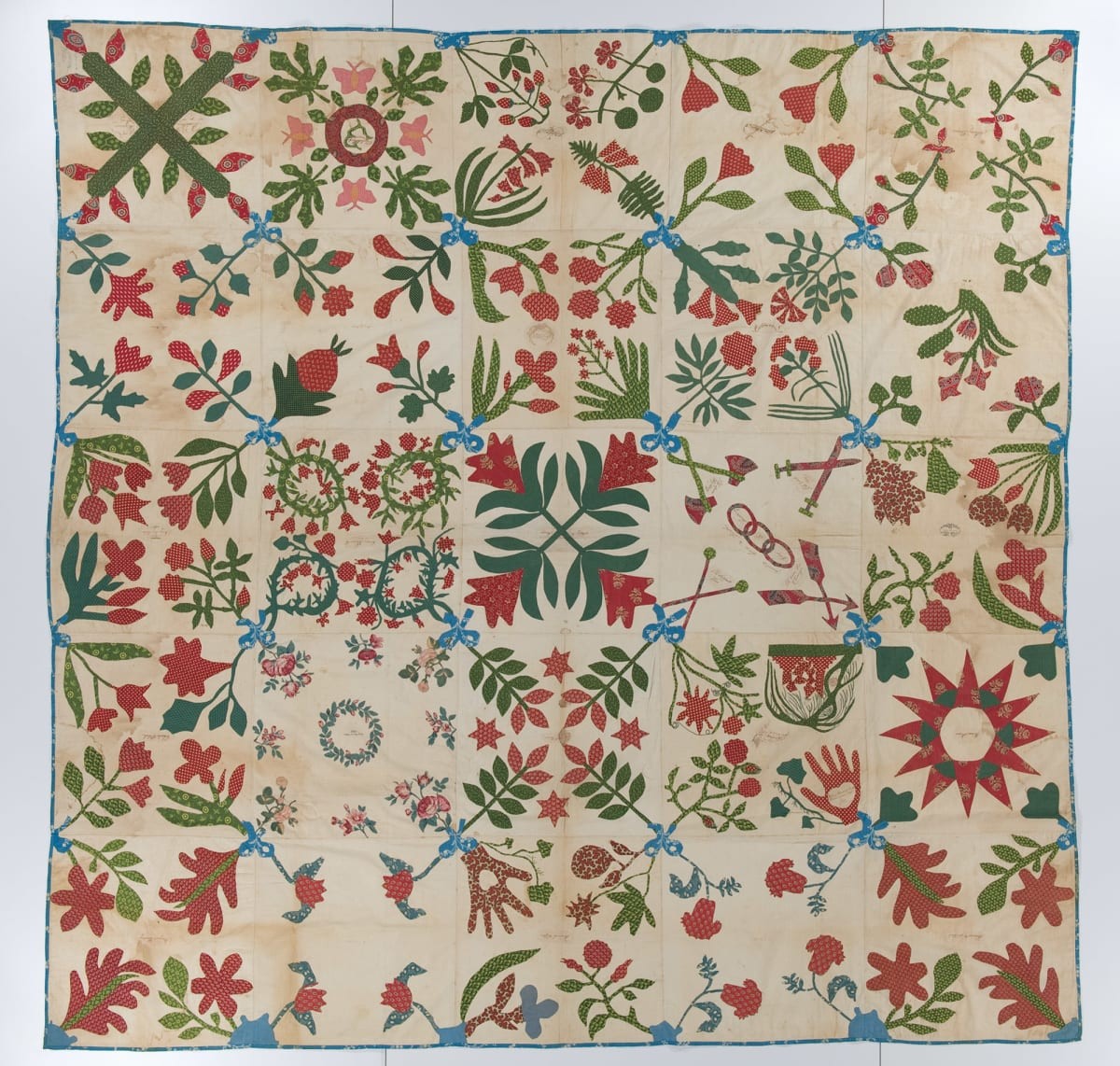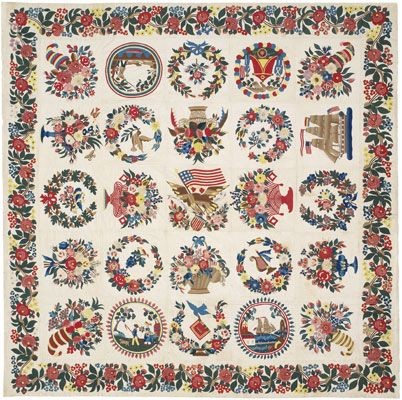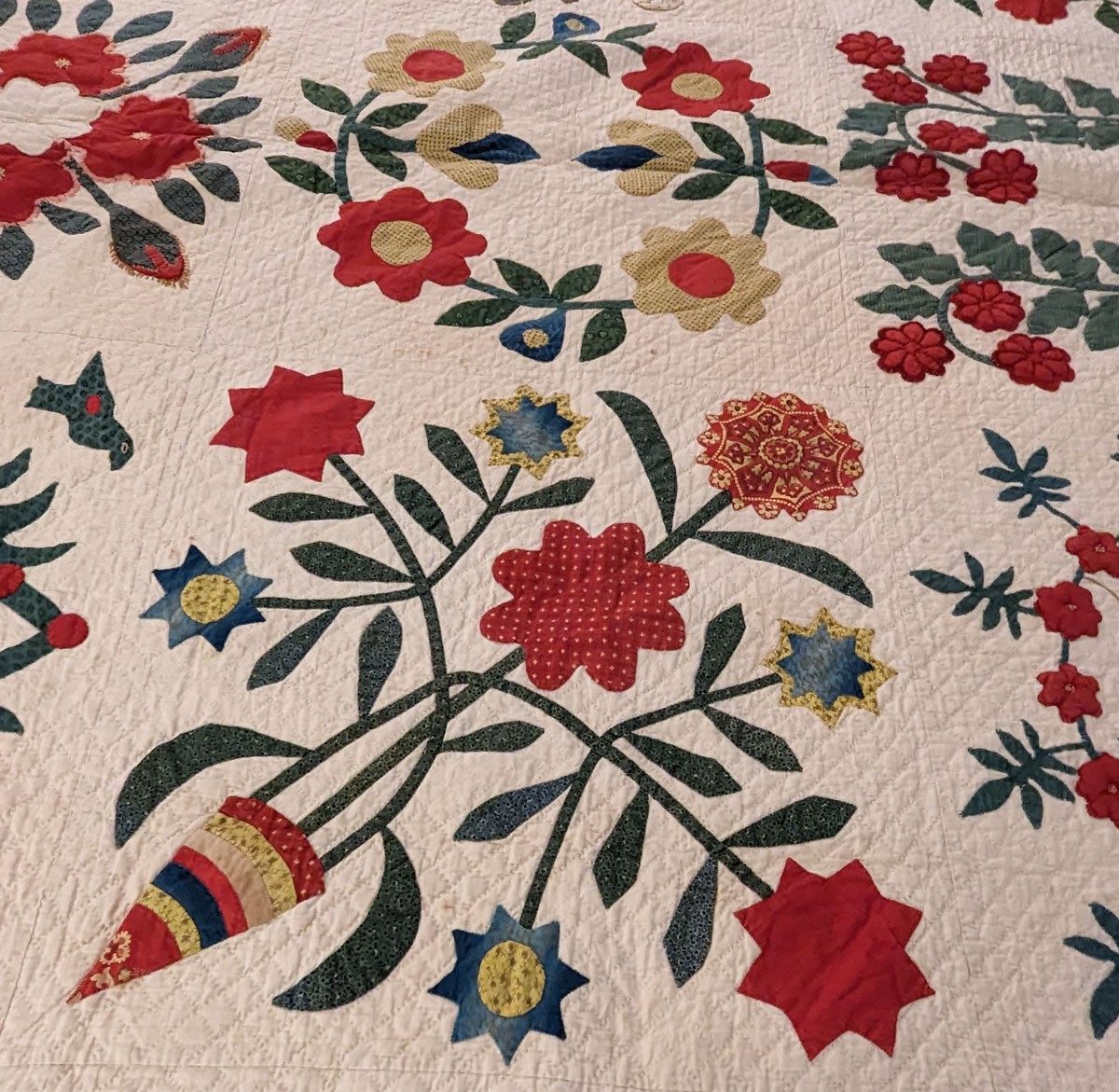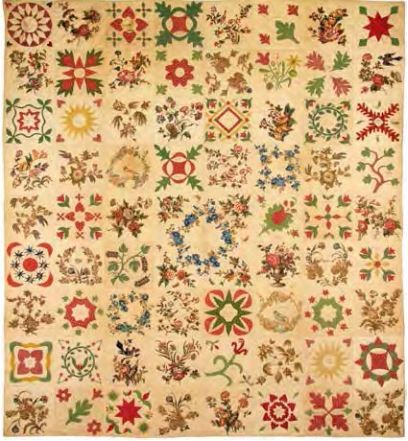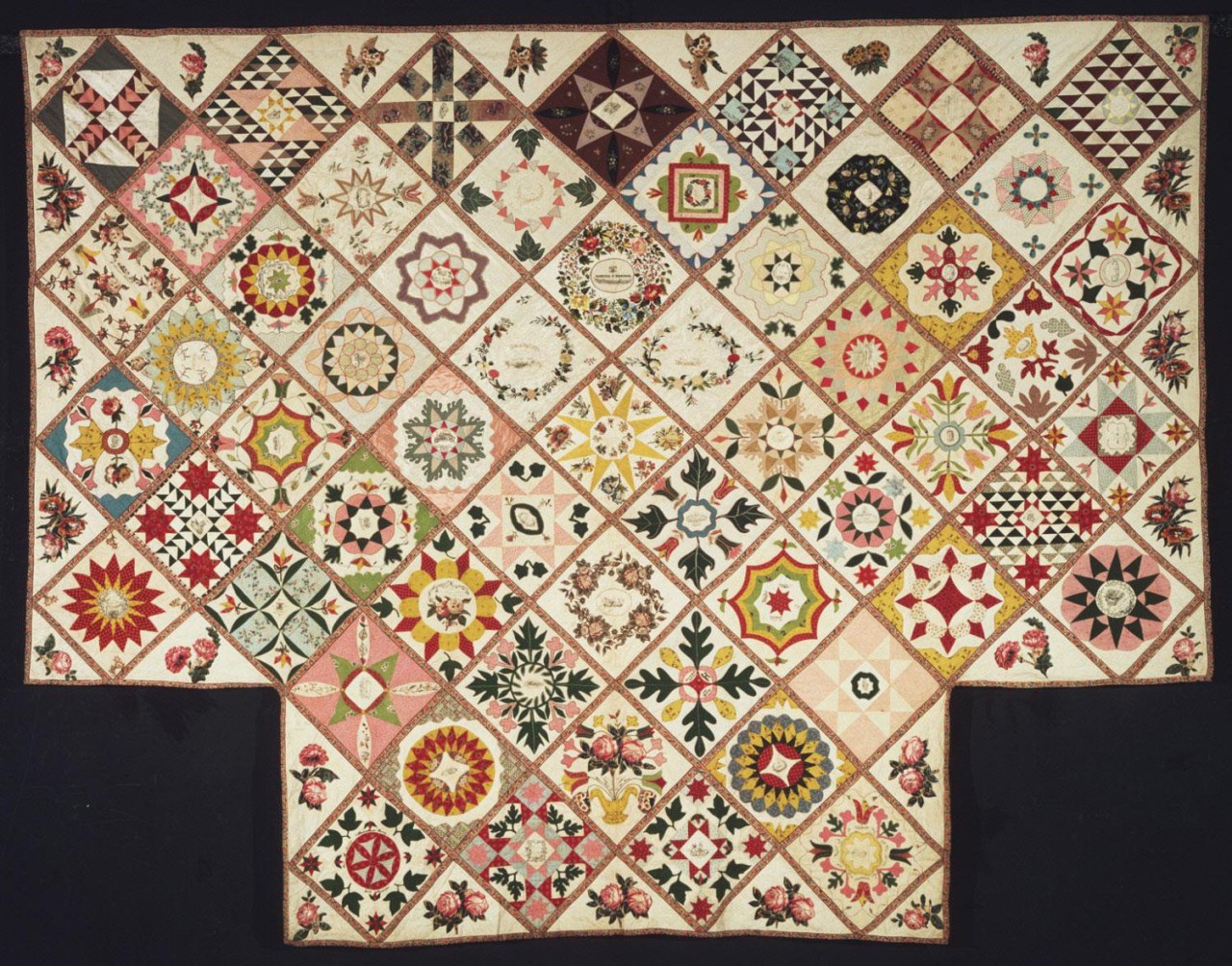
When I hunted for quilting supplies in Baltimore Maryland, the earliest references in the newspaper ads were 1849 for quilting scissors or Album blocks. (Here is a link to the article.) However, in Philadelphia, we see ads for “quiltings” and “double back quiltings” as early as 1832-33. A hunt for a 19th century dictionary or reference book to define the phrase didn’t magically appear, even after digging. I did find an ad that noted it was quilted fabric with 2 backings for extra warmth. By 1840s Dry Goods stores advertised, quilts and counterpanes for sale, as well as quilting frames. Starting in January 1842, there were ads for wadding and quilting cotton. This cotton batting was available in black or white sometimes for as cheap as 6 cents or 35 cents for a dozen. One reference...


